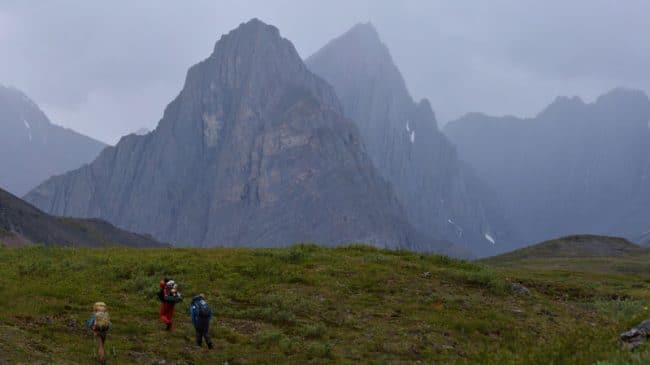The National Parks System turns 100 next year, and our parks are deteriorating faster than we can fix them, threatening the long-term viability of these significant resources.
State parks controlled by California need over $1 billion in maintenance that the government has delayed. And a new report from the federal National Park Service estimates that its assets in California – which include national parks, national monuments and national recreation areas – have a $1.72 billion maintenance backlog.
Yosemite National Park has already put off $553 million in maintenance needs, including $277 million in road and bridge repairs, almost $97 million in water and sewer system repairs and over $101 million to repair more than 800 park buildings.
Closer to home, Southern California’s Joshua Tree National Park needs almost $67 million to fix its roads and bridges and $3.8 million to repair trails. The Death Valley and Sequoia and Kings Canyon National Parks face approximately $343 million in combined maintenance needs. Even the Cabrillo National Monument in San Diego has $5 million in overdue maintenance.
Parks aren’t just pretty open spaces. For the public to access and use them they requires roads, bridges, water and sewer systems, buildings, trails and other infrastructure. But federal and state governments keep putting off these basic maintenance and upkeep projects. Just like not patching a hole in your roof today will lead to bigger, more costly home repairs in the future, not fixing cracked roads and broken sewer systems in parks steadily degrades the parks, the visitor experience and can ultimately harm environmental quality.
Making this situation more acute is the fact that parks have become a perennial loser in the budget game. At the state level, spending on education, health care, higher education and corrections crowds out spending on “nice to have” amenities like parks.
At the federal level, entitlements like Social Security and Medicare, and military spending take up major portions of the budget. Funding for national parks has been on the decline for the last decade, and even though the Obama administration has proposed increasing national parks spending by over $400 million in the coming year, it’s unlikely to pass the Republican-controlled House of Representatives. And even if the president’s plan passed, it would be just a drop in the bucket compared with the system’s $11.5 billion in maintenance needs.
While there are no easy solutions, three key things must happen to ensure the viability of the National Parks System for another century.
First, we need to stop waiting for more taxpayer dollars that aren’t coming and get comfortable with the idea of making park users pay more to visit them. The current efforts by the National Park Service to increase user fees across its system – the first proposed increases in almost a decade – are a good step in that direction. Experts at the Property and Environment Research Center have long noted that even if park visitor fees are increased, the parks will remain a great bargain and price increases will likely have little effect on overall visitation.
Second, the system needs to dig deeper to find more cost savings and opportunities to partner with the private sector. In some cases, this may mean outsourcing activities currently done by the government, in others it may mean bundling maintenance contracts across multiple parks to get better value, and, in others, it could mean seeking an infusion of private capital in return for long-term asset maintenance contracts.
Third, politicians need to stop irresponsibly adding parks to a system that is already overburdened. Legislation enacted by Congress last year added seven new national parks and expanded several others. Earlier this year, the Obama administration designated three new national monuments. If you can’t afford what you’ve already got, it’s folly to add even more.
With their centennial approaching, there will be much focus on the parks’ history and legacy. But let’s hope that this look back doesn’t overshadow the fact that the status quo is unsustainable. The operating model for national parks is going to have to change significantly if they’re going to survive another century.
Leonard Gilroy is director of government reform at Reason Foundation. This article originally appeared in the Orange County Register.

